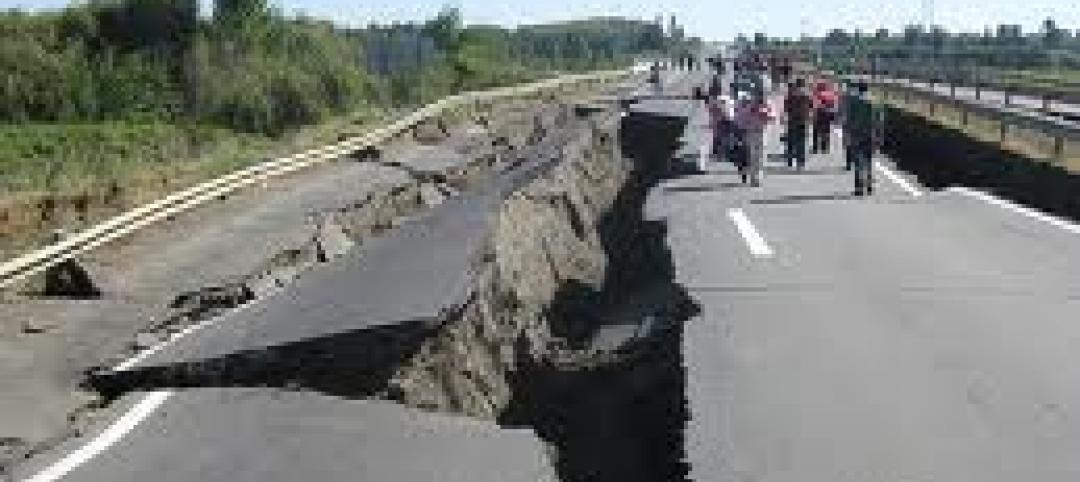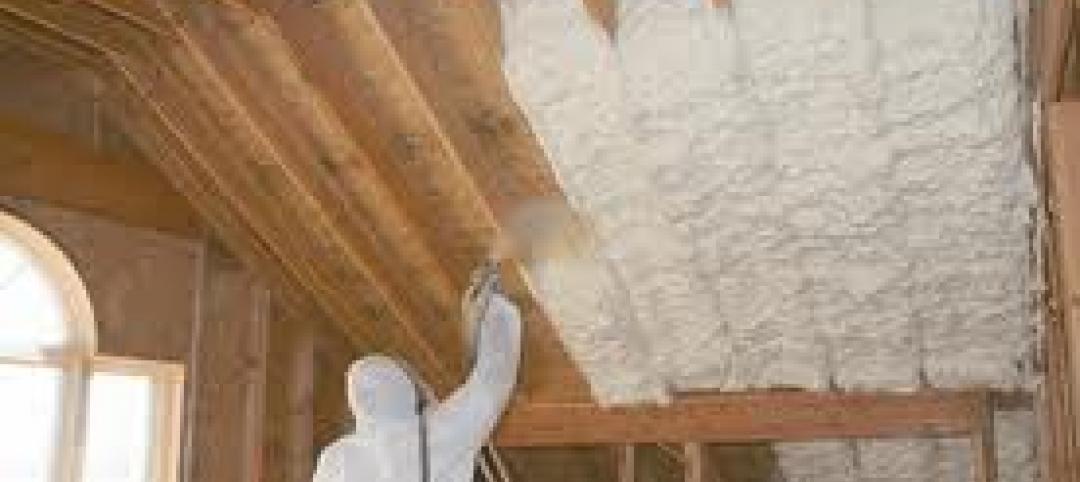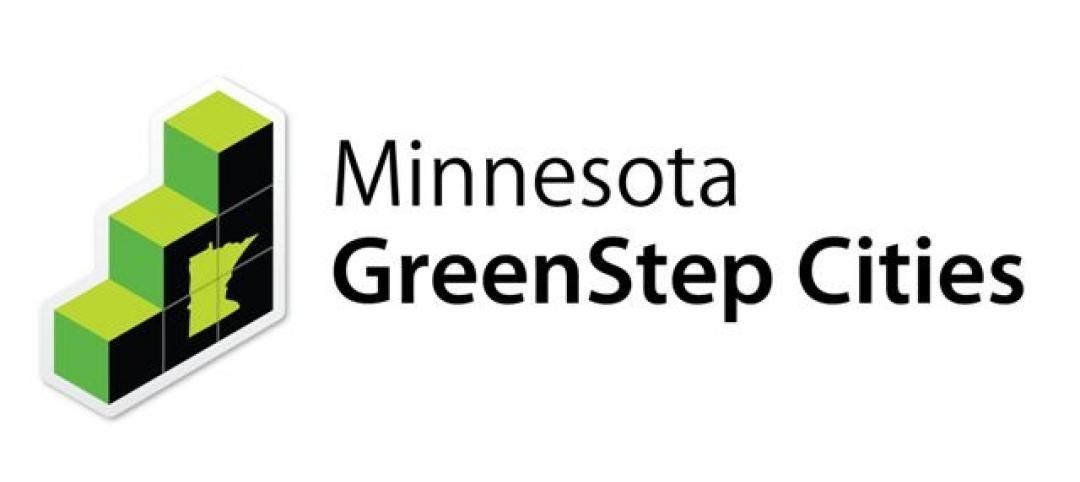Energy efficiency initiatives have saved hundreds of billions of dollars in energy costs while preventing sharp increases in greenhouse gas emissions, according to the recently released Energy Efficiency Impact Report by a consortium of three energy efficiency organizations.
Efficiency investments since 1980 prevented a 60% increase in energy consumption and carbon emissions and are responsible for half of the carbon dioxide emissions reductions in the U.S. power sector since 2005, the report says.
Energy-efficient lighting has been a notable success, with a market for LEDs that went from an emerging technology to dominant deployment in less than a decade. The U.S. has decreased its lighting energy consumption by 16% from 2001 to 2015, despite a 25% increase in lamp inventory by 25% over that period.
Residential energy use per household has fallen by roughly 16% from 2001 to 2018. Model building energy codes are expected to save $126 billion in energy costs and 13 quads of primary energy from 2010 to 2040.
Policymaking, including federal, state, and local standards and codes, has been a critical enabler of energy efficiency deployment, but progress is now at risk of stalling, the report says.
Related Stories
| Jan 26, 2012
Earthquake 'fuse' could save buildings during temblors
The idea is to use an earthquake "fuse" that can prevent the tiny fractures and warps that make structures unsafe after a quake and very expensive to repair.
| Jan 26, 2012
HPD open materials standard for green building materials gains momentum
GreenWizard, provider of a cloud-based product management and project collaboration software, is the latest industry participant to sign on
| Jan 26, 2012
Siemens launches smoke detection knowledge center
New knowledge center web site demonstrates efficacy of smoke detection.
| Jan 18, 2012
Chile's seismic code upgrades credited with saving lives in 2010 quake
Since 1960, when Chile suffered a 9.5 magnitude quake, the largest ever recorded; the country has steadily improved building codes to protect lives and property.
| Jan 18, 2012
Report analyzes residential hurricane codes in 18 states
The Insurance Institute for Business & Home Safety (IBHS) released a new report analyzing residential building codes in 18 hurricane-prone coastal states along the Gulf of Mexico and the Atlantic Coast.
| Jan 18, 2012
Death in Chicago high-rise apartment fire blamed on fire code
The death of a Chicago woman who stepped off her elevator into a blazing inferno last week has underscored the need for fire sensors in elevators.
| Jan 18, 2012
California approves open cell spray foam for energy efficiency standards
The California Energy Commission (CEC) now recognizes open-cell spray foam as an accepted insulation in its 2008 Building Energy Efficiency Standards.
| Jan 5, 2012
Building to LEED standards now an 'easy call' from cost standpoint
Once seen as a cost burden, building to LEED standards is now an "easy call," according to Dan Probst, chairman of energy and sustainability for real estate management and development firm Jones Lang LaSalle.
| Jan 5, 2012
Minnesota's GreenStep Cities program aids communities in winning grants
GreenStep Cities, a Minnesota initiative, was designed to provide greater recognition to the state's communities for achievements in meeting sustainability standards and goals.
| Jan 5, 2012
Some ADA accessibility rules change in 2012
Some changes to the Americans with Disabilities Act go into effect beginning March 15, 2012.

















